It is with a heavy heart that I report I did not love No Time to Die, despite my long and abiding love affair with James Bond. Your own mileage may vary—many critics appear to be in ecstasies over the film. It is worth seeing if you like Bond or big movies, and it is technically well-crafted. But I left the screening feeling emotionally and physically drained, deflated from an experience that began with both promise and excitement.
As I wandered the streets of New York City following No Time to Die’s gargantuan 2 hour 43 minute runtime, I found it difficult to parse my thoughts about the film. There are good movies and there are bad movies, and there are many, many shades of grey in between shaped by personal preferences, experiences, and expectations. I tried to keep my own expectations for Daniel Craig’s final turn as Bond from ballooning; I told myself I would be happy merely to see the movie on the big screen after more than a year of pandemic delays.
Yet happiness is a crucial element missing from No Time to Die, as is, damningly, any real element of fun or even the relief of mindless escapism. It is not a bad movie, yet I emerged numb.
The plot of No Time to Die is both overstuffed and thinly drawn. In a weird bit of prescience for a script written long before the pandemic, at its center is a MacGuffin about a deadly biological force that infects and kills. In this way it has a sort of timeliness, but even that aspect is unintentional. Far more time is spent racing cars across picturesque roads or firing shot after shot at anonymous henchmen than explaining the bioweapon or why the bad guy, Rami Malek’s Lyutsifer Safin, wants to use it.
Malek is criminally underused, and the character is so absurd that he feels like a parody of what a Bond villain should be. Though he speaks in a slow and ponderous whisper, I often found his dialogue incomprehensible, and so Safin remained only a sort of silly background menace. He has an elaborate “poison garden” in his secret island lair, which is kind of cool but also baffling. His ultimate plan and reasons for planning are preposterously unclear.
Bond deserved a far better adversary for his last outing. Everything deserved to be better here. It’s said that Bond is only as good as his villain, and if that’s a metric by which to judge No Time to Die, the whole film is as navel-gazing and unmotivated.
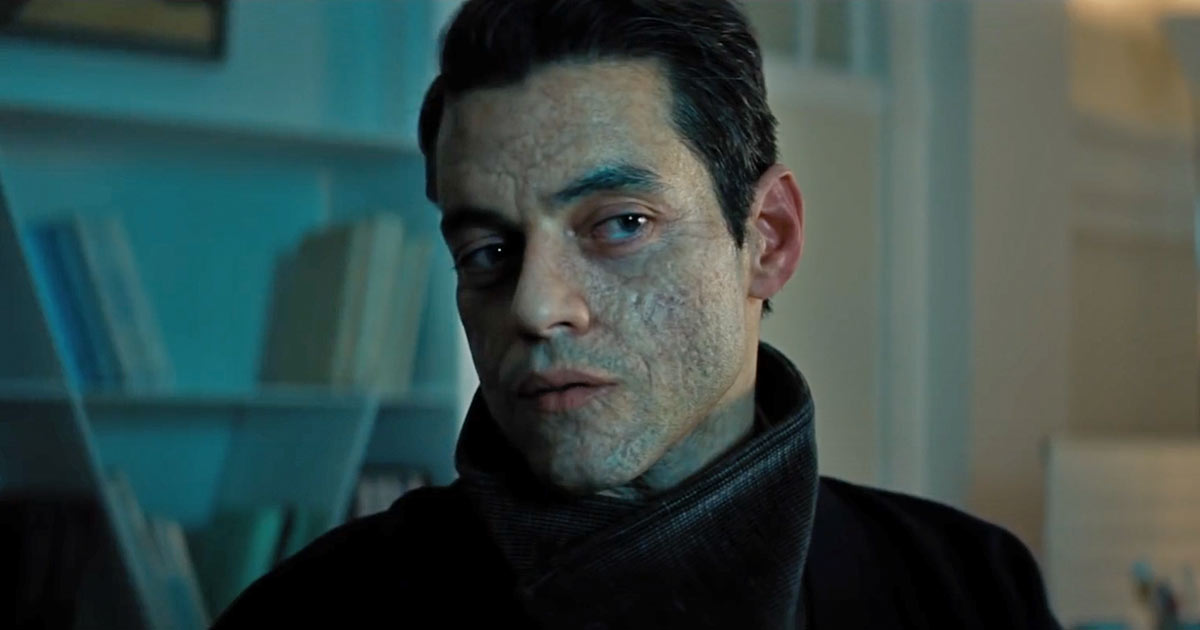
It didn’t have to be this way. The movie starts with astonishing promise, with what The AV Club terms “a misleadingly superb opening suspense sequence.” In those first few minutes, we see hints of what made No Time to Die director Cary Joji Fukunaga’s first season of True Detective so eerily excellent. We learn what connects Malek’s Safin and a younger version of Léa Seydoux’s Madeleine Swann, Bond’s psychiatrist love interest from Spectre. An intriguing and psychologically complex film is suggested by this open that then never materializes.
Fukunaga and his co-screenwriters Neal Purvis, Robert Wade, and Phoebe Waller-Bridge (famously brought in to punch up the script and add a woman’s perspective) cannot be accused of not giving us the Bond goods. Everything we’ve come to expect from a Bond movie is here: audacious car and motorcycle chases, swinging from bridges, international escapades, dry one-liners, spy gadgets, constant explosions, snazzily tailored suits, beautiful women, high stakes, martinis shaken not stirred.
Craig’s grizzled Bond does what he can and he does it well, yet here Bond is lacking the viscerally crushing world-weariness that has marked his run and differentiated his Bond from the Bonds that came before. Both Craig and Bond appear to be going through the motions. When it comes time for him to rejoin the fray after several movies spent explaining how his mind and body are falling apart, he does so with a shrug. No Time to Die is ostensibly about Bond coming out of retirement to stop a bad guy bent on destruction for *checks notes* reasons, and learning the importance of leaving behind a lasting legacy or something, but thematically, the movie is empty.
No Time to Die’s Bond still grimaces and expects betrayal, but like the action sequences, so much seems to be done by rote. It’s as though the talented creative team went through itemized Bond set pieces on a checklist one by one. They are crafted with workmanlike efficiency, but never really dazzle. It’s a Potemkin village of the Bond universe.
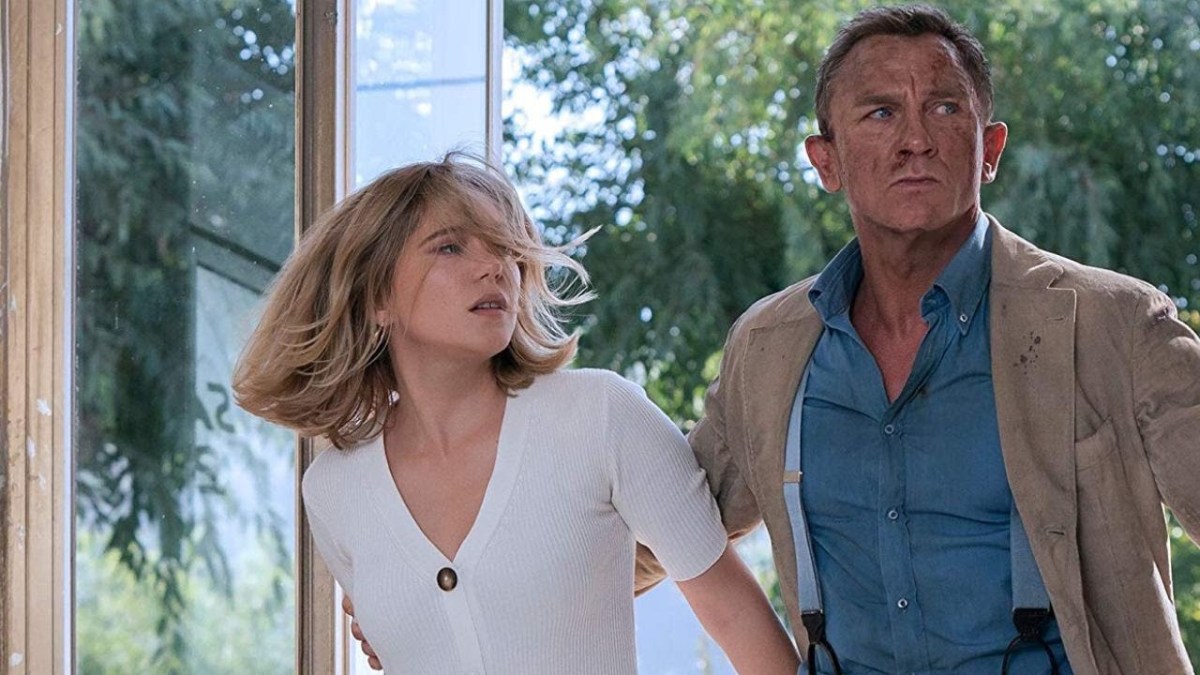
A huge part of the problem here is that so much of the plot and the decisions made hinge on Bond’s relationship with Swann, whom we’re meant to see as a great and worthy love worth enduring anything for. And yet the ghost of Eva Green’s spectacular Vesper Lynd still haunts from her time with Bond in Casino Royale more than fifteen years ago. Vesper remains so much a part of Bond’s character composite that he begins this film with a pilgrimage to her tomb.
“I mean, the Eva Green of it all,” said my colleague Chelsea Steiner. “No one can top her.”
By contrast, it’s hard to see why we, the audience, as well as James Bond, should be swooning over the dour Madeleine Swann. It’s not Seydoux’s fault; the character is underwritten and also made to take a “damsel in distress” role here, wearing tottering heels as she runs for her life. Unfortunately, while they are both very pretty to look at, Seydoux and Craig have the combustible chemistry of wet sand when they’re together. This renders the relationship even more unconvincing and unable to serve as the emotional lynchpin the movie demands that it be.
A further twist at around the third-act mark changes everything, and not for the better. For me, it was the worst possible choice the moviemakers could have made, taking what we love about Bond and giving him the most generic of action movie hero motivations. It will surely divide audiences, and I would like to be on the record as thinking the entirety of No Time to Die’s endgame is folly.
Now that I’ve been a resounding Negative Nancy, what did I actually enjoy about the film? Well, the first half is pretty spry, providing some of the edge-of-your-seat excitement as to what will happen next, and flipping a lot of cars.
The cast, as usual, is excellent, including some new players. There’s a particularly strong showing from Craig’s Knives Out costar Ana de Armas as Paloma, an agent Bond meets in Cuba who claims she’s only had three weeks of training but can do more in barely-there ballgown than most of us can imagine in a lifetime of physical activity. De Armas is present as a new “Bond woman” for all of fifteen minutes, but she’s having so much fun, and has such sparkling chemistry with Craig, that we can only dream of a No Time to Die that might have let Paloma move into a lead role.
Also having fun is Jeffrey Wright as returning CIA agent Felix Leiter. Wright is good in everything and looks like he’s enjoying his job, but anyone who hasn’t seen prior Bond movies will miss the emotional resonance of his role. The same goes for a return of Christoph Waltz’s evil Blofeld, whom we meet in a prison so high-security it makes Hannibal Lecter’s confinement seem like a luxury hotel—but then he is left alone with Bond, the plexiglass between them removed. It’s sloppy plotting like this that makes it clear No Time to Die wants to wrap up all of Bond’s loose threads, whether or not they can be tied neatly.

There was much buzz around Lashana Lynch as “the new 007,” an MI-6 agent given Bond’s designation after he fell off the grid. Like de Armas, Lynch is fantastic with what she’s given, crackling beside Craig as she plays the new guard to his old. Perhaps inevitably, she ends up as his back-up, as this is Craig’s swan song, but Lynch is electric enough that we’re ready for her spin-off. Hopefully co-starring Paloma. As her girlfriend. A girl can dream.
Speaking of LGBTQIA+ representation, we do get a blink-and-you-miss-it reference in regards to Ben Whishaw’s Q. There’s a scene where Bond and Moneypenny (the wonderful Naomie Harris, wasted) head to Q’s apartment to seek his assistance. They find MI-6’s quartermaster in the middle of cooking a romantic dinner. The annoyed Q is loath to help them because, as he says, suggesting an imminent date, “He’ll be here in twenty minutes.” This offhand nod to Q’s sexuality is nice to hear, and neither of his coworkers miss a beat, suggesting they’re already well enough aware and that we’re all living in the twenty-first century.
While I was pleased to witness this line, and happy for the fans who have “headcanoned” Q as queer since his first eccentric sweater-wearing appearance in 2012’s Skyfall, it didn’t feel like enough.
For what seems like the seventieth time, queer people are finally acknowledged to exist in the world of a major franchise, but only referentially. It’s all tell, no show. Once more we have a queer character confirmed thus by a throwaway, easily excised line half the audience will miss and the other half may never hear, depending on their market.
To quote our Chelsea Steiner again: “If they just had a cute guy walk in with a bottle of wine like ‘Hi?’ it would have been delightful.” Why is this so hard? I’m also curious as to how the line came about. Was it advocated for by Whishaw, who is openly gay and recently said he’d love to see the next Bond be played by a gay actor? Was it a Waller-Bridge addition, since she was seemingly hired to bring Bond up to date? There are a few scenes of levity and snappy humor that seem like classic Waller-Bridge, but unless an annotated script is released, we may never know where exactly her fingerprints are.

Ultimately, one of the movie’s most unforgivable crimes is not making more use of such a strong ensemble. How do you not let Oscar and Emmy-award winner Rami Malek shine as a villain? How do you not give Harris and Whishaw, who have been at this for a decade, more to do? How do you render Ralph Fiennes’ M bland and forgettable and only capable of making us remember how much we miss Judi Dench?
How do you build to a point that is meant to tug relentlessly on the heartstrings, and yet all I have written in my notebook is, “Hmm,” followed by “Why???” underlined three times, followed again by “Hmm.”
But Kaila, you say, why are you even expecting coherence from a James Bond movie? Don’t you remember when the Quantum of Solace villain wanted to steal Bolivia’s water supply? Who really understands or cares about what is going on with Spectre? Isn’t this ultimately about a man who can swing from bridges and somehow walk away? ‘Tis true, my friends, ’tis true. The problem is that this is the last movie where this particular Bond gets to swing from bridges and look fabulous doing it. I was lying to myself about my lack of expectations. I expected more.
And like Daniel Craig and his Bond, I am tired and worn down by the past. Perhaps experiencing all that I have in between when No Time to Die was meant to bow in April 2020 and now has turned me more bitter and cynical than I should be. Maybe I would have liked this film and been truly moved once. Alas, those days are gone. Now it is time for a nap.
(images: MGM)
Want more stories like this? Become a subscriber and support the site!
—The Mary Sue has a strict comment policy that forbids, but is not limited to, personal insults toward anyone, hate speech, and trolling.—



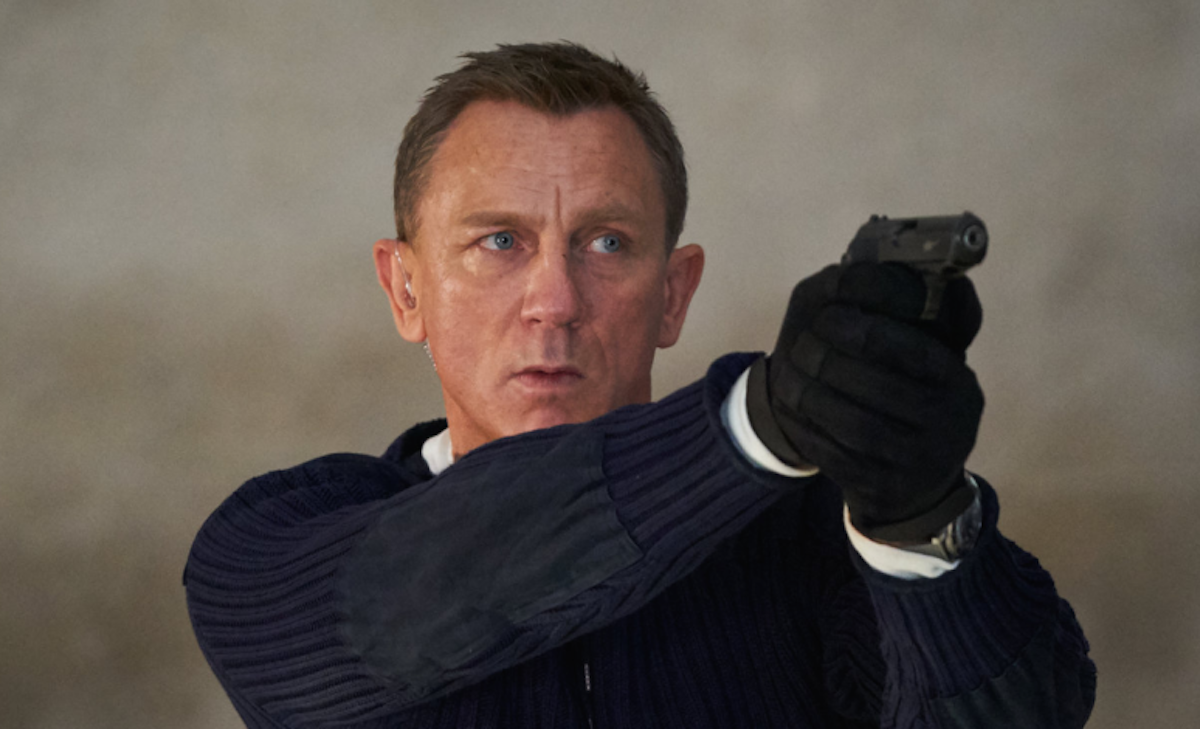

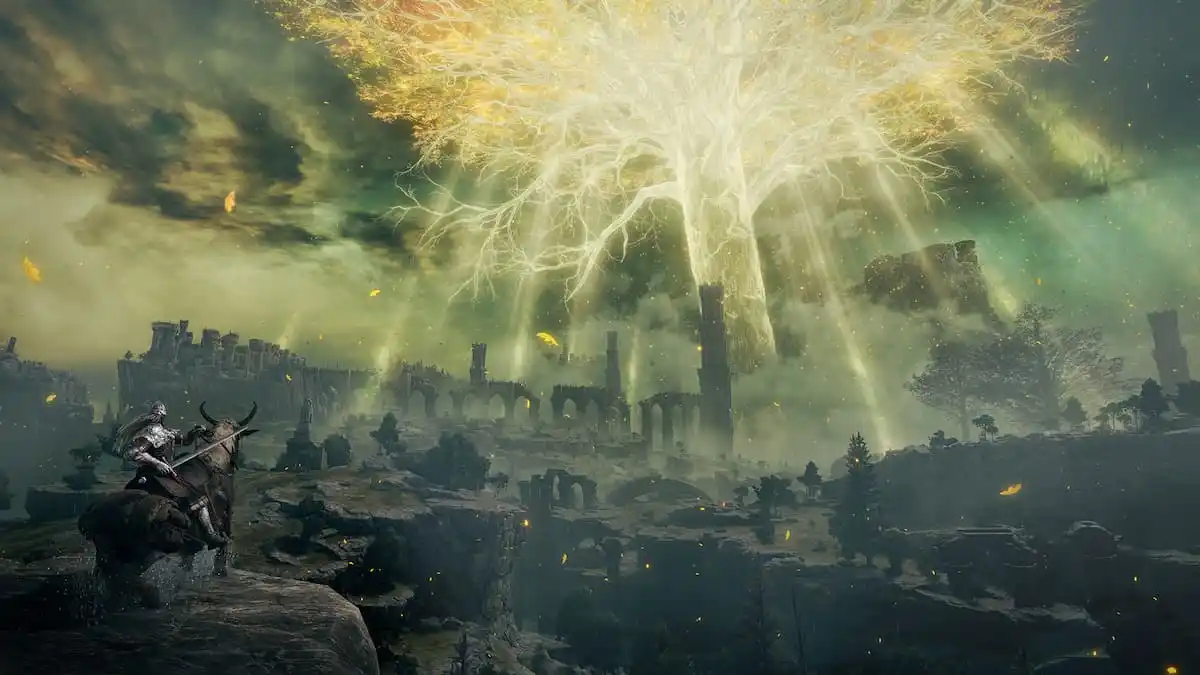
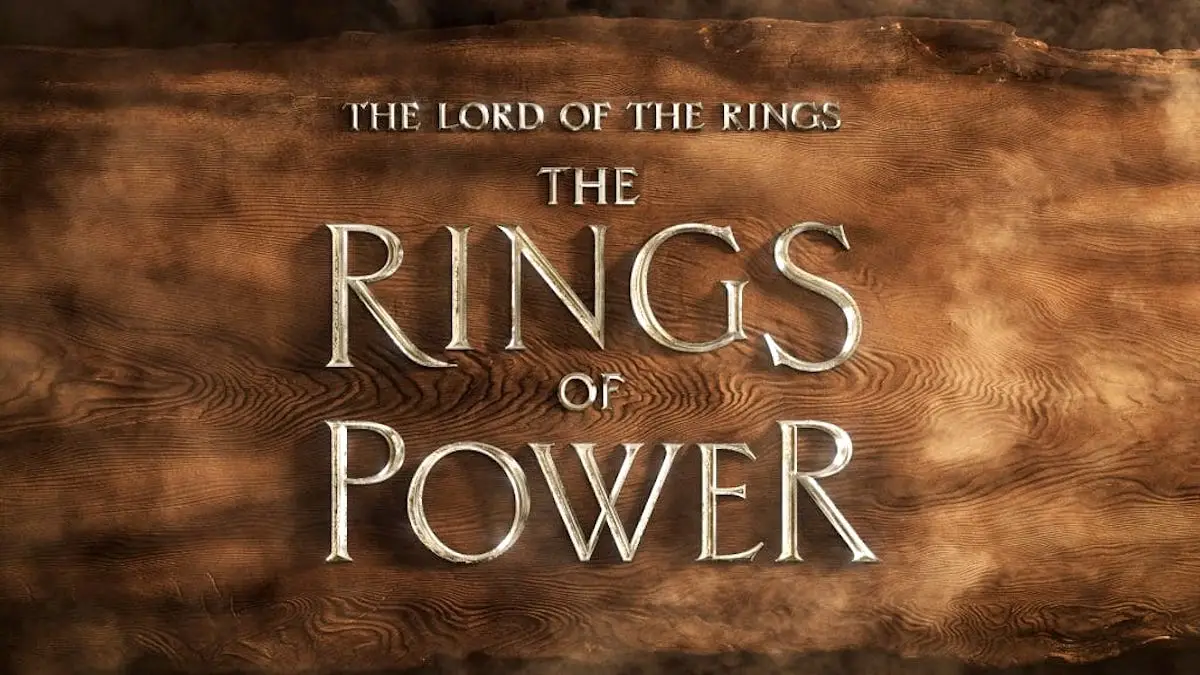
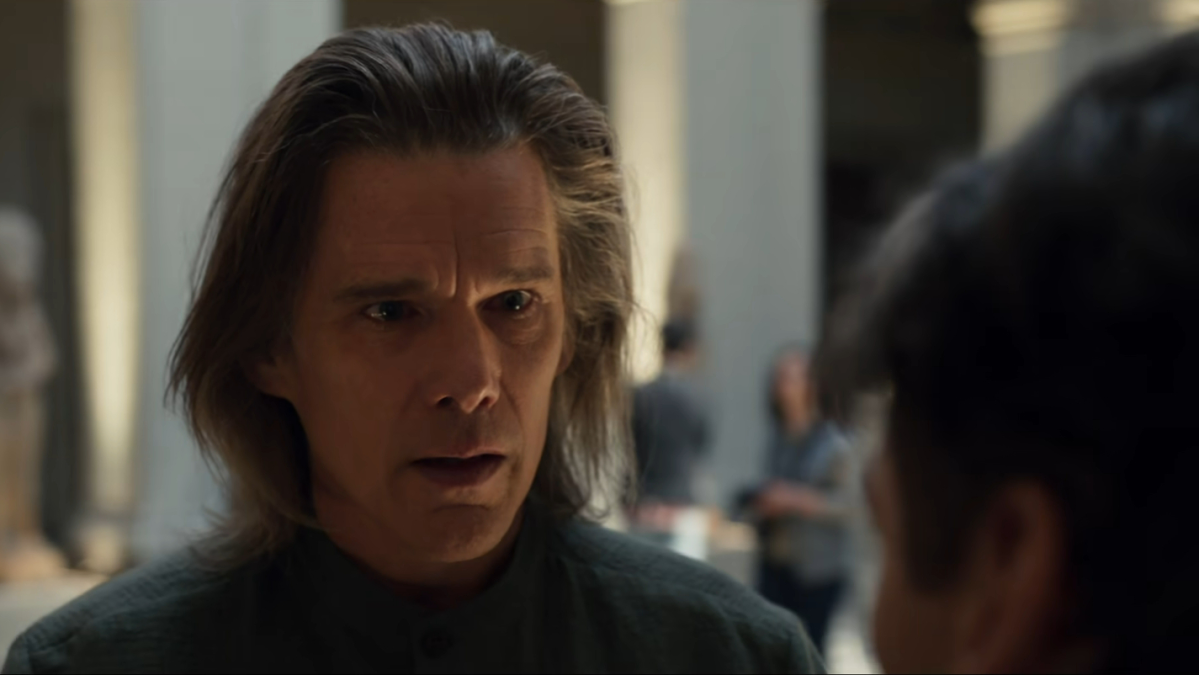
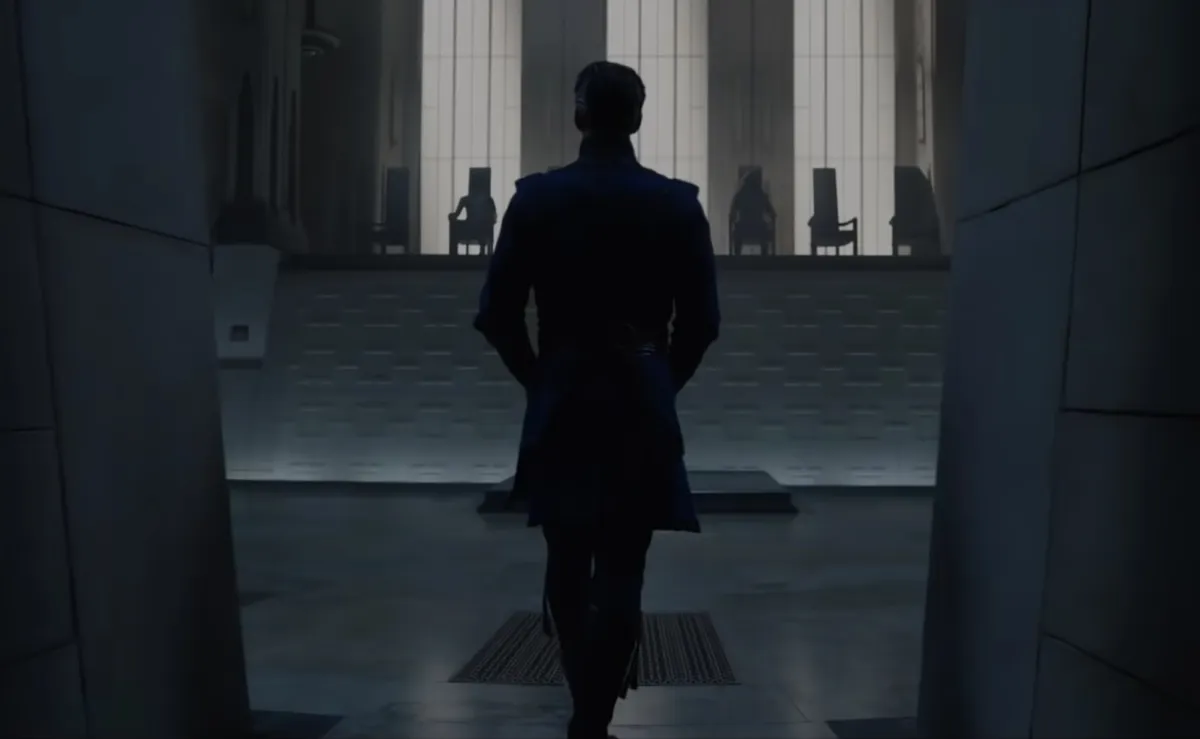

Published: Oct 1, 2021 05:42 pm